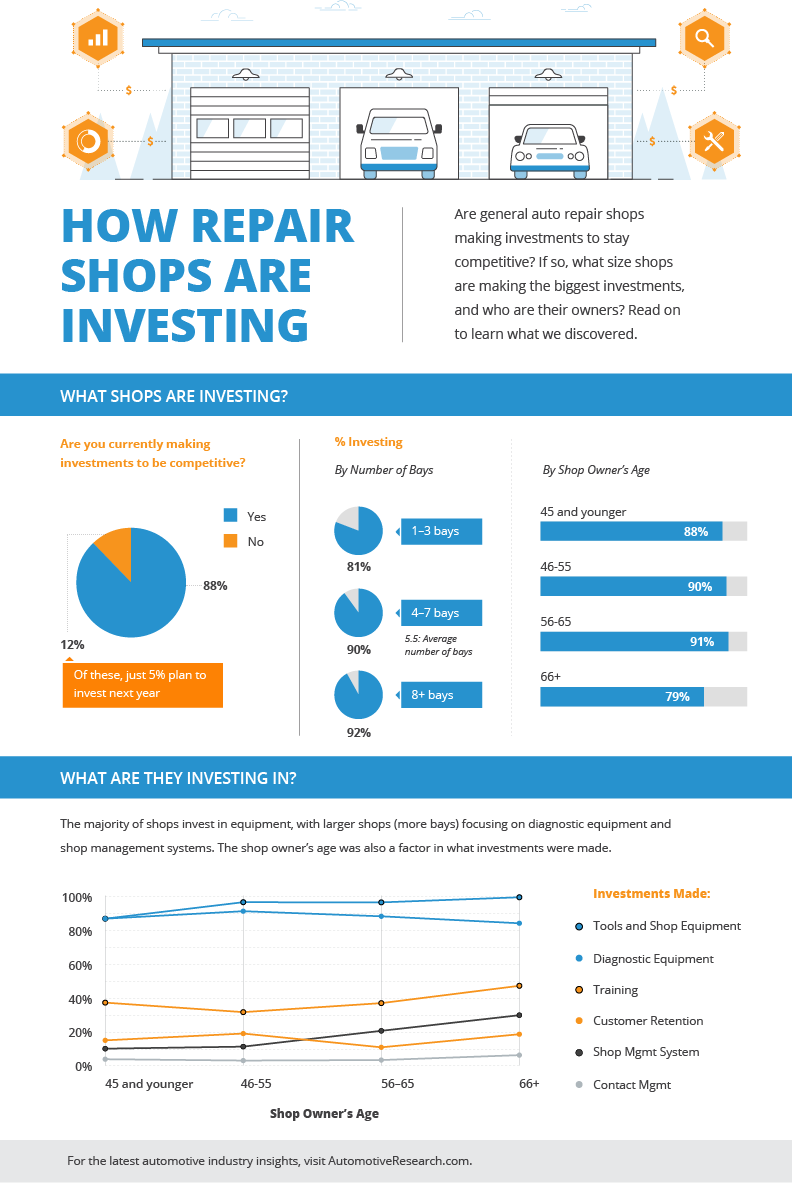Learn To Analyze Auto Warning Lights And Address Possible Troubles With Guarantee
Learn To Analyze Auto Warning Lights And Address Possible Troubles With Guarantee
Blog Article
Content Produce By-Guy Lindegaard
When you lag the wheel, those little caution lights on your car's dashboard can be quite complicated. What do they suggest, and should you be concerned? Recognizing these signals is important for your car's health, yet it doesn't have to be an overwhelming task. By deciphering the secret behind each light, you'll be outfitted to handle prospective problems efficiently and maintain your automobile running efficiently. So, following time a caution light flashes, do not panic - arm on your own with understanding and take control of the situation.
Significance of Auto Warning Lights
Recognizing the importance of your vehicle's warning lights is essential for maintaining your car's health and wellness. These lights serve as your vehicle's communication system, notifying you to possible concerns that could threaten your safety and security on the road or lead to expensive repairs if neglected. By paying attention to these warnings, you can attend to problems early and prevent additional damage to your car.
Overlooking cautioning lights can cause severe repercussions, such as engine failing, brake breakdowns, or even accidents. These lights are created to notify you of problems ranging from low tire stress to engine malfunctions, giving you the chance to take action prior to the scenario intensifies. Routinely inspecting and recognizing these cautions can save you time, money, and ensure your safety and security while driving.
Along with keeping you risk-free, responding quickly to warning lights can likewise assist prolong the life expectancy of your car. By dealing with issues early on, you can protect against little problems from escalating right into major repairs, ultimately saving you money and time in the future. Bear in mind, your automobile's caution lights are there for a factor - don't neglect them!
Common Caution Lights and Meanings
When it pertains to driving your automobile, recognizing typical caution lights and their significances is crucial for your safety and security and automobile maintenance. Here are a few typical caution lights you may encounter:
1. ** Check Engine Light **: This light shows a problem with your engine. https://quick-oil-change-near-me06273.actoblog.com/30863114/prepare-yourself-for-an-insightful-expedition-of-the-secret-prizes-located-in-premier-auto-fixing-establishments-that-will-certainly-change-the-method-you-maintain-your-lorry could be something small like a loosened gas cap or something more severe like engine misfiring.
2. ** Battery Light **: This light signals an issue with your automobile's billing system. It can indicate a malfunctioning battery, generator, or various other relevant parts.
3. ** Oil Pressure Light **: When this light comes on, it means your engine might be running low on oil or experiencing low oil stress, which can cause engine damage if not resolved without delay.
4. ** Brake System Light **: This light indicates an issue with your stopping system. It might imply reduced brake fluid degrees or a trouble with the brake system that calls for immediate interest.
Comprehending these typical caution lights will certainly aid you determine possible concerns early and protect against more considerable issues down the road.
Exactly how to Reply To Warning Lighting
In case a warning light brightens on your car's control panel, it's crucial to respond without delay and suitably. When airplane mechanic comes on, the primary step is to consult your proprietor's guidebook to comprehend the specific concern shown by the light.
Some lights call for instant interest, while others might indicate a less immediate matter. If https://brakepads06273.blogtov.com/10737983/revealing-the-fact-behind-popular-misconceptions-about-car-repair is red or blinking, it's usually a sign of a significant trouble that needs instant action. In such instances, it's suggested to pull over securely, shut off the engine, and seek expert assistance.
For yellow or orange caution lights, while they may not need instant focus, it's still essential to resolve the underlying issue promptly to avoid more damages. Routine maintenance and examination can assist prevent cautioning lights from coming on suddenly.
Conclusion
To conclude, understanding your automobile's caution lights is critical for preserving your vehicle's health and wellness. By consistently inspecting and reacting to these warnings, you can address possible concerns early and avoid pricey repairs or safety threats. Keep in mind to consult your owner's guidebook for info on various caution lights and constantly take prompt activity for red or flashing lights. Remain proactive and keep your car running efficiently!
